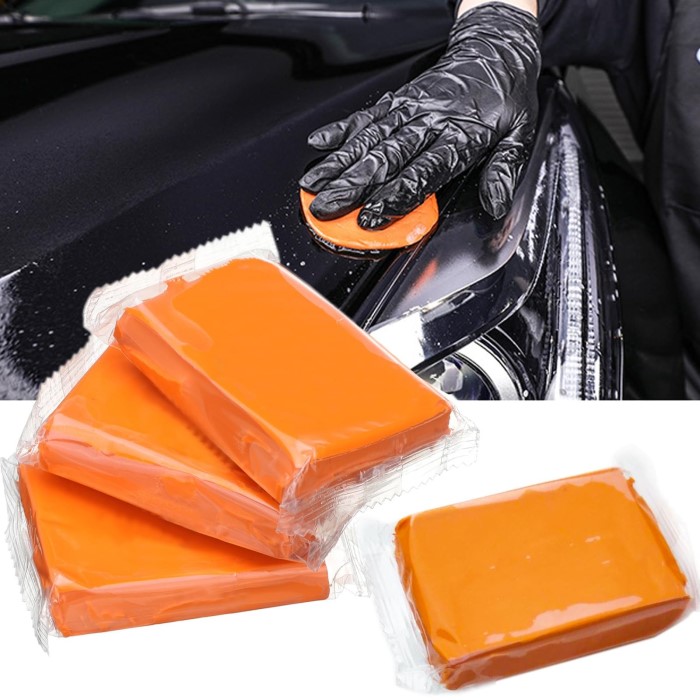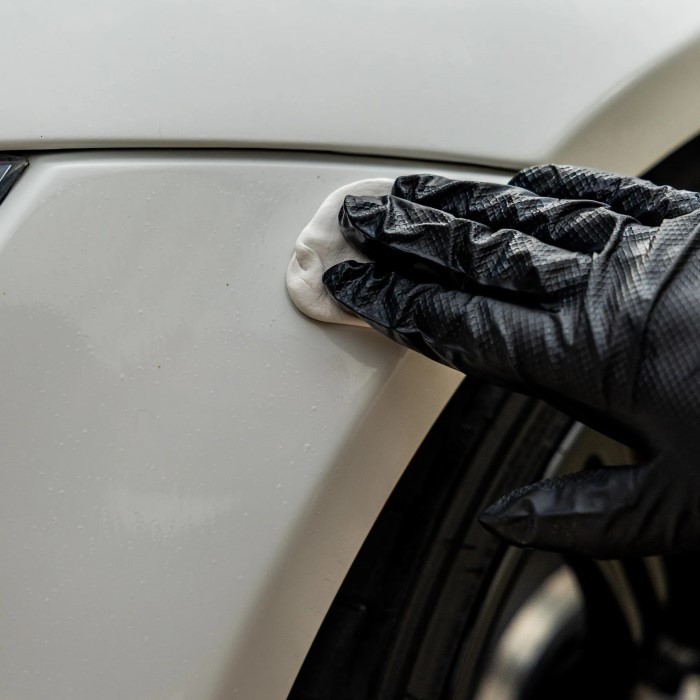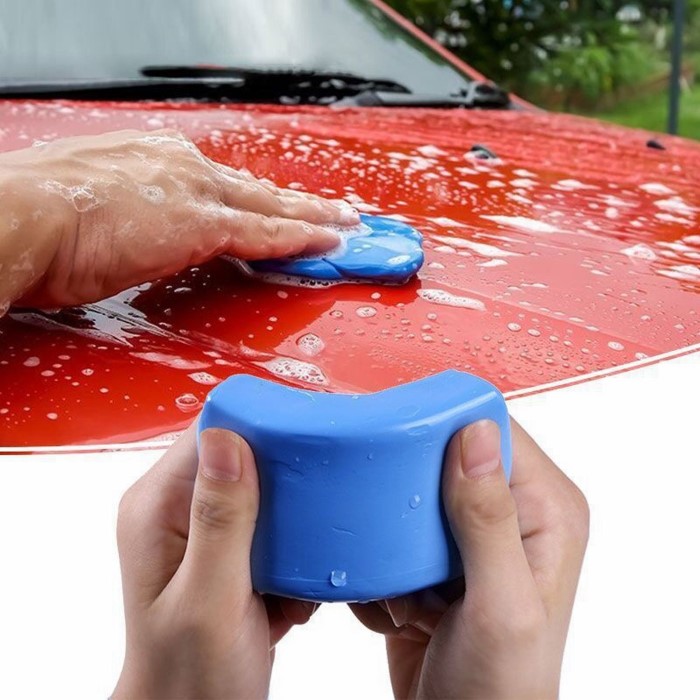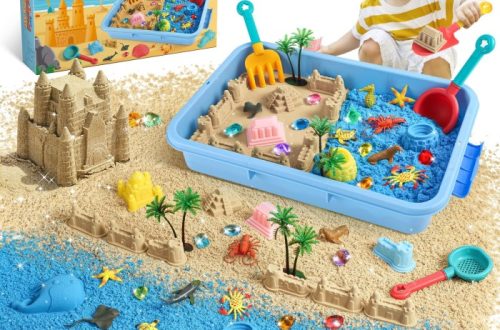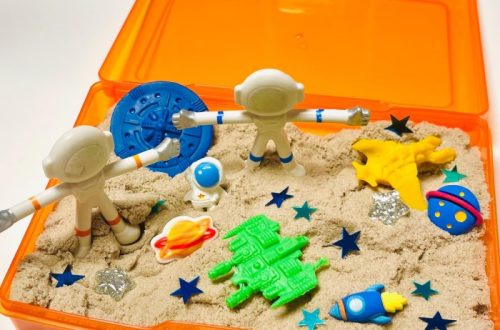Introduction: Understanding the Importance of Clay Bar Treatment
If you’re looking to keep your car’s exterior in pristine condition, understanding how to clay bar a car is essential. Clay bar treatment is a popular process used in automotive detailing. This technique removes embedded contaminants from the car’s paint, leading to a smoother and shinier surface. Many car enthusiasts swear by it, especially after a long winter or exposure to environmental factors that can dull the paint. This article will guide you through the entire process while providing valuable tips and answering common questions regarding clay bar usage.

What is Clay Bar and Why Use It?
A clay bar is a detailing tool made from synthetic resin. It removes bonded contaminants such as dirt, tar, and industrial fallout from your car’s paint surface. These contaminants cannot be removed through regular washing. Clay bars ensure a smoother and cleaner finish for the vehicle, enhancing its look and feel. Using a clay bar is an essential step for maintaining your car’s paint’s shine and condition.
Benefits of Using a Clay Bar
- Improves Paint Smoothness: Clay bars eliminate rough textures by removing embedded debris.
- Enhances Durability: It prepares the surface for waxing or polishing, ensuring better protection.
- Restores Shine: By cleaning deeply, it helps your car regain its original luster and brilliance.
- Prevents Paint Damage: Removes harmful contaminants before they can penetrate or damage the paintwork.
Common Contaminants Addressed by Clay Bars
Clay bars effectively deal with contaminants that stick to the car’s surface. Common culprits include:
- Tree Sap: Sticky residue from plants can harm the paint’s finish.
- Industrial Fallout: Particles from factories or construction sites cling to the surface.
- Tar Bits: Comes from roads and can fuse with the car paint.
- Brake Dust: Leftover from brake systems may settle on the car.
- Overspray: Accidental paint spray can bond to the surface.
Using a clay bar to remove these contaminants keeps your car clean and shiny. This method also prevents long-term damage caused by neglecting embedded debris.
Tools and Materials Needed for Clay Barring
How to clay bar a car? Before starting the clay barring process, gather all the necessary tools and materials. Having the right items ensures a smooth and efficient experience. Here’s what you’ll need for the task:
- Clay Bar: This is the primary tool to remove embedded contaminants effectively.
- Clay Bar Lubricant: Prevents scratches and helps the clay glide across the surface.
- Microfiber Towels: Used to wipe off excess lubricant and clean the surface.
- Car Wash Soap and Water: Essential for cleaning the car before using the clay bar.
- Spray Bottle: Helps to evenly distribute the lubricant on the car surface.
- Detailing Mitts and Gloves: Protect your hands while offering better grip during the process.
- Bucket and Sponge: For thorough washing of your car before clay barring.
Choosing the Right Type of Clay Bar
Selecting the correct type of clay bar is critical. Here are the key factors:
- Clay Bar Grade: Choose between light, medium, and heavy grades based on your car’s condition.
- Light Clay: Ideal for new cars or those with minimal contaminants.
- Medium Clay: Best for moderately dirty vehicles with average contaminant build-up.
- Heavy Clay: Used for older cars with significant contamination but should be handled carefully.
- Brand Choice: Go for reputable brands to ensure quality and efficiency.
- Flexibility and Softness: Opt for a soft, pliable clay bar that easily molds to your car’s surface.
Recommended Lubricants for Clay Barring
Lubricants are essential to minimize the risk of damaging your car’s paint during the process. Here are some recommendations:
- Dedicated Clay Lubricants: Specially formulated products offer the best lubrication.
- Quick Detailer Sprays: Can work as dual-purpose cleaners and lubricants.
- Car Wash Shampoo Solution: Mix with water to create a cost-effective lubricant.
Avoid using plain water as it lacks sufficient lubrication. Always ensure the surface is well-lubricated to prevent scratches. Equipped with the right tools and materials, you’re ready to start clay barring your car.
Preparing Your Car for Clay Barring
How to clay bar a car? Proper preparation is key for effective clay barring. It ensures contaminants are removed and keeps your car looking great. Follow these steps to prepare your car.
Washing and Drying the Vehicle
- Thorough Wash: Use car wash soap and water to clean your car thoroughly.
- Focus on Detail: Pay attention to hard-to-reach areas like door handles and under mirrors.
- Rinse Off Dirt: Remove all soap and loose debris with clean water.
- Dry Completely: Use microfiber towels to dry the surface. Ensure no water spots are left.
Washing removes surface dirt and dust and prepares the car for clay barring. Drying the vehicle prevents water from interfering with clay lubricant application.
Inspecting for Contaminants
- Feel the Paint Surface: Run your fingers across the car’s body. Look for bumps or rough areas.
- Visual Inspection: Check for tree sap, tar, or brake dust stuck to the paint.
- Pay Attention to High-Risk Areas: Examine the hood, bumpers, and wheel arches where contaminants accumulate.
Inspecting your vehicle ensures that you identify problem areas. This allows for effective use of the clay bar in those regions. Be thorough during this step for the best results.
Step-by-Step Process for Using a Clay Bar
Clay barring a car ensures a smooth and clean surface by removing contaminants effectively. Follow these easy steps to achieve the best results.
Applying Lubricant
- Spray the Lubricant: Generously apply clay bar lubricant on a small section of the car’s surface.
- Ensure Full Coverage: Make sure the area is well-lubricated to avoid scratching the paint.
- Work in Small Sections: Focus on sections of about two square feet for better control and efficiency.
- Avoid Letting It Dry: Keep the surface wet to ensure the clay bar slides smoothly.
Lubricant is crucial for preventing scratches caused by the clay bar dragging on the car’s paint. Always apply enough to guarantee smooth movement.
Working the Clay Bar on the Surface
- Mold the Clay Bar: Shape the clay into a flat, palm-sized disk for easy handling.
- Glide the Clay Bar: Move it lightly across the lubricated surface in a back-and-forth motion.
- Check for Smoothness: Stop when the surface feels smooth, as this indicates contaminants are removed.
- Inspect the Clay: Look for dirt and debris sticking to the clay bar. Fold and knead it to reveal a clean surface.
- Repeat the Process: Continue the same steps on the next section until the entire car is complete.
- Wipe the Surface: Use a microfiber towel to remove excess lubricant and ensure a clean surface.
Work systematically, covering every area of your car. Keep the clay moving and replace it if it’s too dirty. This prevents scratches and ensures effective contaminant removal.
After completing these steps, your car’s paint will feel smooth and look visibly cleaner. Proper technique ensures your car is ready for subsequent waxing or polishing.
Tips for an Effective Clay Bar Application
Achieving the best results from clay barring depends on your technique and understanding. These tips will help you maximize your efforts and maintain your car’s pristine look.
How Often Should You Clay Bar Your Car?
Regular clay barring ensures your car’s paint remains smooth and free from contaminants. But how often should you do it?
- Assess Contaminant Build-up: Examine the car’s surface every few months for rough spots or embedded debris.
- Frequency: For most cars, clay barring every 3 to 6 months is ideal.
- Environment Matters: Cars parked outdoors or in polluted areas may need more frequent treatments.
- Before Waxing or Polishing: Always clay bar your car before applying wax or polish for a clean finish.
While routine inspections help determine your car’s needs, avoid overdoing. Excessive clay barring may unnecessarily wear down the paint.
Mistakes to Avoid When Using a Clay Bar
Proper clay bar use prevents damage and ensures effective contaminant removal. Avoid these common mistakes:
- Skipping Lubricant: Always apply sufficient lubricant to prevent scratches and abrasion on the paint.
- Using a Dirty Clay Bar: Replace or clean the clay bar if it’s filled with debris.
- Applying Excessive Pressure: Lightly glide the clay bar over the surface without force.
- Not Kneading the Clay Bar Frequently: Fold and knead the clay bar regularly to reveal a clean side.
- Working on a Dirty Car: Prep your car with a proper wash and dry before starting.
- Ignoring Sectional Application: Work on small sections to maintain control and ensure full coverage.
Avoid these pitfalls for a safe and successful clay barring session. Following these guidelines will help you achieve a smooth and contaminant-free surface without damaging your car’s paint.
Aftercare and Maintenance Post Clay Barring
Proper care is essential after clay barring a car. This ensures your vehicle stays in pristine condition. Following the clay barring process, attention to detail will help preserve the cleanliness and smoothness achieved. The two most important steps are waxing and polishing, followed by regular maintenance.
Waxing and Polishing Your Car
- Apply Wax or Sealant: Use a high-quality car wax or sealant immediately after clay barring. This protects the paint.
- Choose the Right Product: Select a wax suitable for your car’s paint type. This enhances shine and protection.
- Start with a Small Section: Apply wax in small, circular motions using an applicator or microfiber pad.
- Wait to Buff: Let the wax dry as per instructions, then buff with a clean, dry cloth.
Waxing seals the paint, adds shine, and creates a barrier against dirt and contaminants. Polishing after waxing removes minor imperfections and further enhances the appearance.
Ensuring Long-Lasting Results
- Store Your Car Properly: Park your car indoors or under shade to protect the wax.
- Use a Car Cover: Protect your car from dust, dirt, and pollutants with a durable car cover.
- Regular Wash Routine: Wash your car every week using mild soap and water to prolong cleanliness.
- Avoid Harsh Chemicals: Use pH-balanced detergents and avoid abrasive cleaners to maintain the wax layer.
- Spot Clean Stains Immediately: Remove sap or bird droppings quickly to prevent damage.
- Inspect Monthly: Check for buildup of new contaminants every month and clay bar if necessary.
Aftercare ensures the results of clay barring last longer. It minimizes the risk of wear and contaminants impacting your car’s surface. Consistent maintenance retains both the look and integrity of your car’s paint.
FAQs About Clay Barring a Car
Can Clay Bar Damage Your Vehicle’s Paint?
Clay bar treatment is safe if done correctly. However, improper use may harm your car’s paint. To avoid damage, ensure plenty of lubricant is applied while using the clay bar. Insufficient lubrication can cause scratches on the car surface. Gently glide the clay bar without applying excessive pressure. Avoid using a dirty or contaminated clay bar. Clean or replace the clay bar regularly to prevent scratches caused by trapped debris. Additionally, only use a clay bar suitable for your car’s condition. For heavily soiled cars, opt for a medium or heavy-grade clay bar but be cautious. Follow proper techniques, and your car’s paint will remain unharmed.
Suitable Alternatives to Clay Bars
If you are looking for alternatives to clay bars, consider the following options:
- Clay Mitts: These are microfiber gloves with a clay material embedded, designed for easier usage.
- Clay Towels: Similar to clay mitts, they have a clay-like surface and are suitable for large areas.
- Clay Pads: Attach these to a polisher for better efficiency on heavily contaminated vehicles.
- Iron Removers: Specifically targets industrial fallout and brake dust. Use them before or instead of clay.
- Detailing Spray with Microfiber Cloth: Removes light surface contaminants but is less effective than clay.
Each alternative has its pros and cons. Select the one based on your needs and skill level. Always prioritize safety in preserving your car’s paint.
Conclusion: Achieving a Smooth Surface Through Clay Bar Treatment
Now that you know how to clay bar a car, you can enhance your vehicle’s appearance and protect its finish. Clay barring removes embedded contaminants, resulting in a smooth, shiny surface ready for further protection with wax or sealant. Taking the time to perform this task ensures that your car remains in excellent condition for years to come. Whether you are a novice or an experienced detailer, understanding these techniques will elevate your automotive care to the next level. So, grab your clay bar and get started on achieving that flawless shine!

